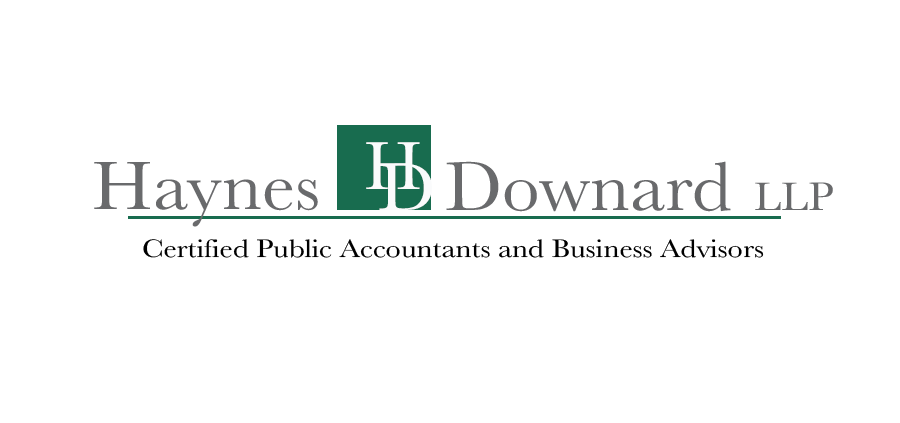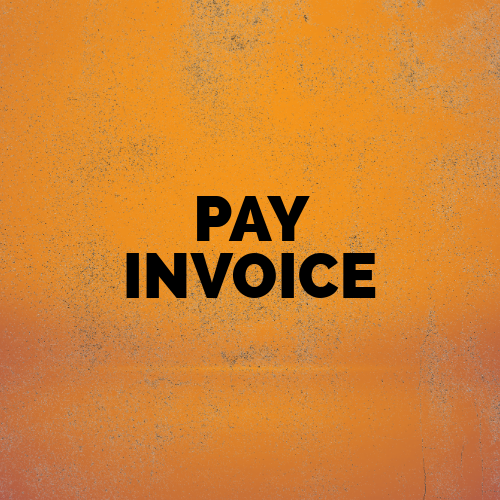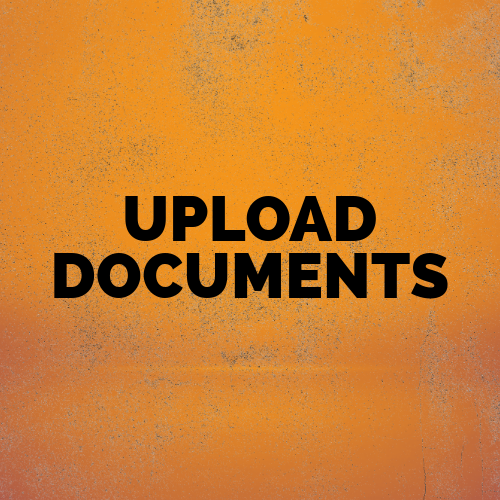
Simple tips for money, life, and more,
just using a little common cents.

A new money trend is spreading online and changing how people think about spending. It is called loud budgeting and it is about being honest about what you choose to spend or not spend without feeling bad about it. For a long time, people avoided talking about money. It was seen as private or rude. But many now believe that speaking openly about money helps build better habits. Loud budgeting encourages people to say they are saving for something more important instead of pretending they can afford everything. This trend began when everyday people started sharing their financial goals on social media. They talked about skipping small luxuries, cutting back on impulse buys, and saving for things that really matter. By saying their goals out loud, they found it easier to stay on track and helped others feel comfortable doing the same. Loud budgeting is not about being cheap or negative. It is about being confident in your choices. Maybe you stay in instead of eating out, or pass on a trip so you can pay off debt. Speaking those choices out loud removes guilt and replaces it with purpose. When people talk openly about money, it becomes less stressful. It also helps friends and families understand each other better. Loud budgeting reminds us that saving is something to be proud of, not something to hide. The next time you feel pressure to spend, try saying what you are really thinking. A simple “That is not in my budget right now” can be a small but powerful step toward financial peace.

Buying a car can feel exciting but also stressful. With so many options, it’s easy to spend more than you should. That’s why many financial experts point to the “20/4/10 rule” as a smart way to guide your decision. It gives you clear limits to follow so you don’t end up with a car payment that drains your wallet. The first part of the rule is about your down payment. You should put at least 20% down when you buy your car. This reduces how much you borrow, which lowers your monthly payment and interest costs. The second part is about the loan term. You should finance the car for no longer than four years. Stretching a loan over five, six, or seven years might make the monthly payment look smaller, but it means you’ll pay much more in interest. Keeping it under four years helps you pay off the car faster and avoid being “upside down,” where you owe more than the car is worth. The third part of the rule is about your budget. Your car payment, insurance, and other related costs should not take up more than 10% of your monthly income. If you make $4,000 a month, that means everything car-related should stay under $400. Following this keeps your car from eating into money you need for housing, savings, or emergencies. This rule doesn’t mean you can’t enjoy a nice car. It simply sets boundaries so your choice fits your financial life. Smart choices today set you up for more freedom tomorrow. If you’re shopping for a car, remember the numbers 20, 4, and 10. They could be the difference between a car that helps you get around and a car that keeps you stuck in debt.

Debt can feel overwhelming, but there are clear steps you can take to make progress. The key is to create a plan and stick with it. Here are some strategies to help you get started. Start by writing down all your debts in one place. List the total balance, interest rate, and minimum payment for each. This will give you a full picture of what you owe and help you decide which debts to focus on first. One method is the “snowball” approach. With this strategy, you pay extra toward the smallest debt while making minimum payments on the others. Once that smallest debt is gone, you move to the next one. Many people like this method because it provides quick wins that keep motivation high. Another method is the “avalanche” approach. Here, you pay extra on the debt with the highest interest rate first. This helps you save more money in the long run because you cut down on interest charges. It’s also important to avoid adding new debt while you’re paying down what you already owe. Try using cash or a debit card instead of credit cards, and look for ways to cut back on expenses. Even small changes like cooking more meals at home or canceling unused subscriptions can free up money to put toward payments. If your debt feels unmanageable, you may want to contact a nonprofit credit counselor. They can help you build a repayment plan and may even negotiate with lenders to lower interest rates. Paying down debt takes time, but with steady effort you’ll see progress. Whether you choose the snowball or avalanche method, the goal is the same: less stress, more freedom, and a brighter financial future.







